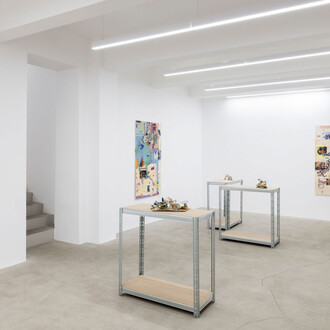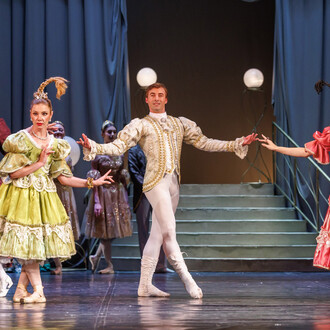Permafrost regions occupy roughly 25 percent of the Earth’s surface. The ground is thawing slowly but steadily with drastic consequences for the climate and the Earth. Permafrost is permanently frozen ground that occurs in the mountains and polar regions. It remains constantly frozen for at least two consecutive years. There are enormous quantities of carbon dioxide (CO2) stored in permafrost, like in a freezer. As permafrost thaws, it accelerates climate change by releasing trapped carbon dioxide (CO2) and methane (CH4). These act as greenhouse gases and intensify global warming. According to scientists, the amounts of carbon dioxide and methane constitute a possible tipping point in the global climate system. This spring, the United Nations declared thawing permafrost to be one of the most underestimated environmental threats.
Permafrost is a phenomenon we don’t see because it occurs in the ground or rock and so we are usually not consciously aware of it. Like glaciers, permafrost can serve as a climate indicator. In alpine regions we can observe alpine flora spreading to higher altitudes as a result of the permafrost line receding due to global warming.
Permafrost zones are a crucial yet still largely uninvestigated factor. They are home to the largest biodiversity of high mountain habitats. According to scientists, we are only aware of a fraction of the functions of these organisms, despite the fact that these invisible, underground processes greatly influence climate and our ecosystem. As a region, the mountains are considered a climate sensor because they register changes relatively quickly. In addition, the mountain regions of the planet hold resources from which large sections of the world’s population profit.
For 30 years, much of Walter Niedermayr’s artistic activity has focused on studying the high-alpine regions – glacier zones, which show the enormous changes they have undergone during this time. The glaciers are shrinking, snow covers are melting, and snowfall is becoming rarer. As a result, water resources are becoming scarcer. This leads to changes in the landscape, not least because nature takes its course, independent of human intervention. Despite this, the leisure and tourism industry is continuously coming up with new possibilities and sports that run counter to a sustainable use of the environment. At the same time, we can observe a trend toward a kind of disconnectedness from the landscape context. Activities conducted in such landscapes, which are fragile by virtue of their topographical features, are now only necessarily tied to a given place/landscape through the form of sport itself, otherwise they would be interchangeable, site-unspecific.
In this context, the artist envisions creating an image space in which observers can define their standpoints for themselves. Various approaches are possible, for example landscape-specific, societal processes, esthetic questions in connection with landscape and spatial consciousness, nature awareness, ecology, perceptual-theoretical image reality, and spatial reality. There is no prescribed way of viewing; each person can create his or her own references in the ambiguity. In this respect, the work is not, at first glance, clearly apparent, though it might seem to be. It oscillates between the veneer of a so-called reality and the reality of the image. On the one hand it is aimed at revealing the mechanisms of the medium, on the other at the demands of perception and perceptual precision. The works address social processes and show unstable, fragile systems in open space and the social and political conditions these give rise to.
















